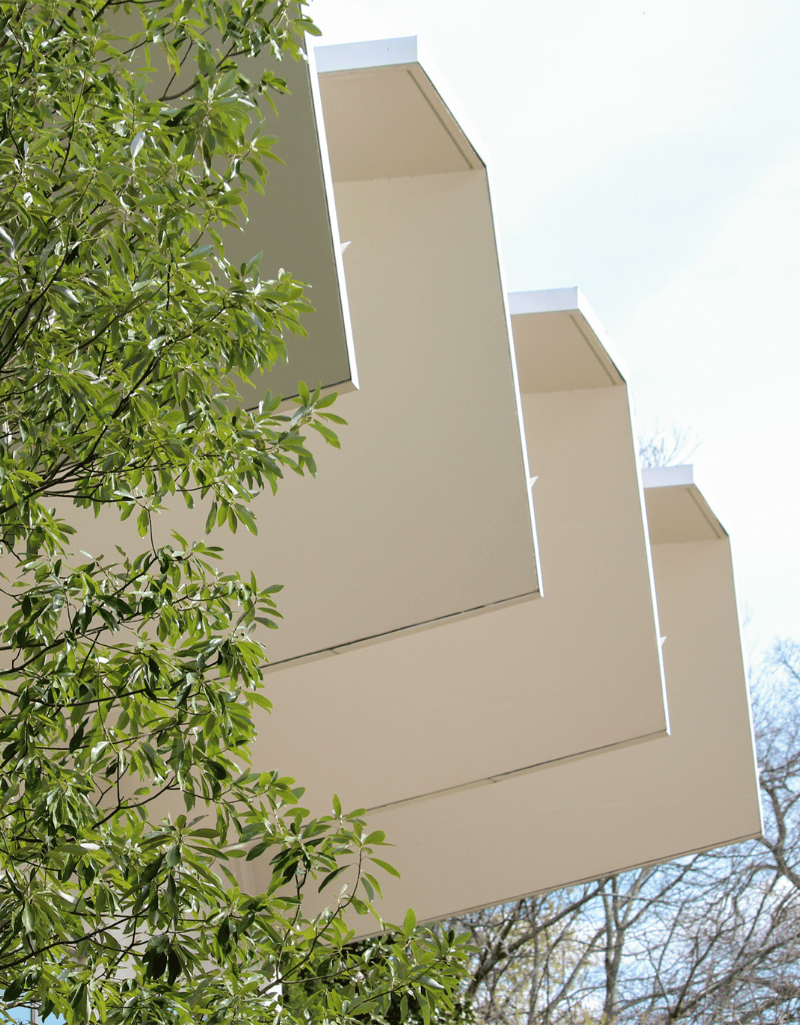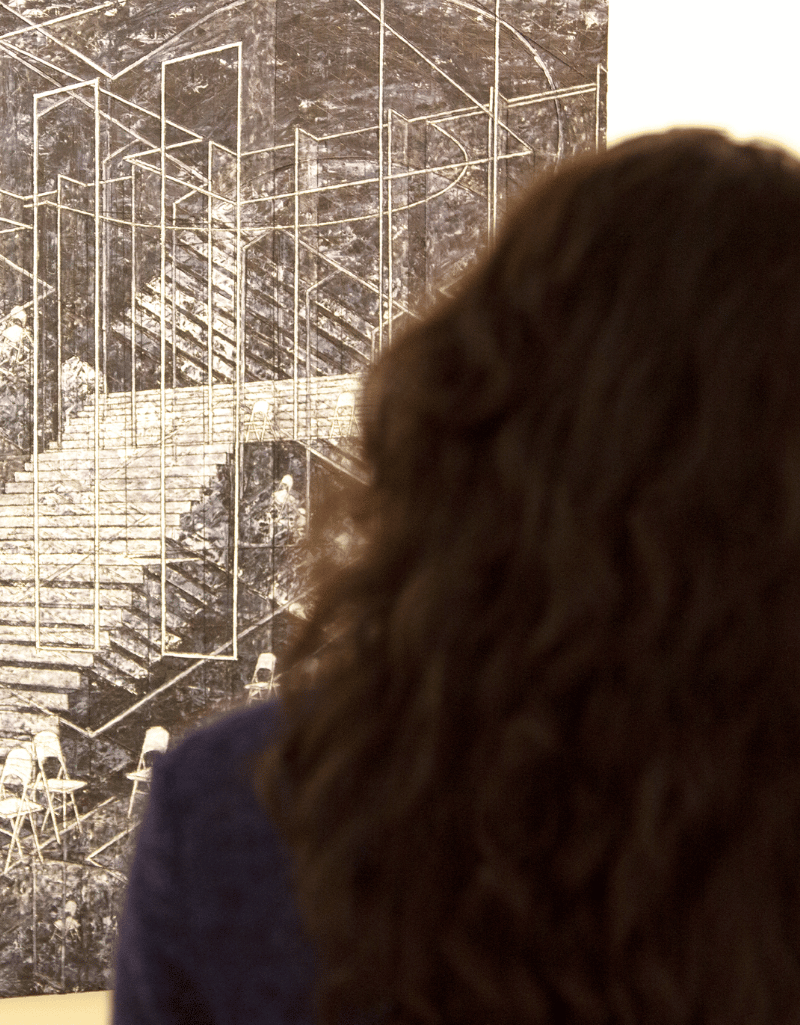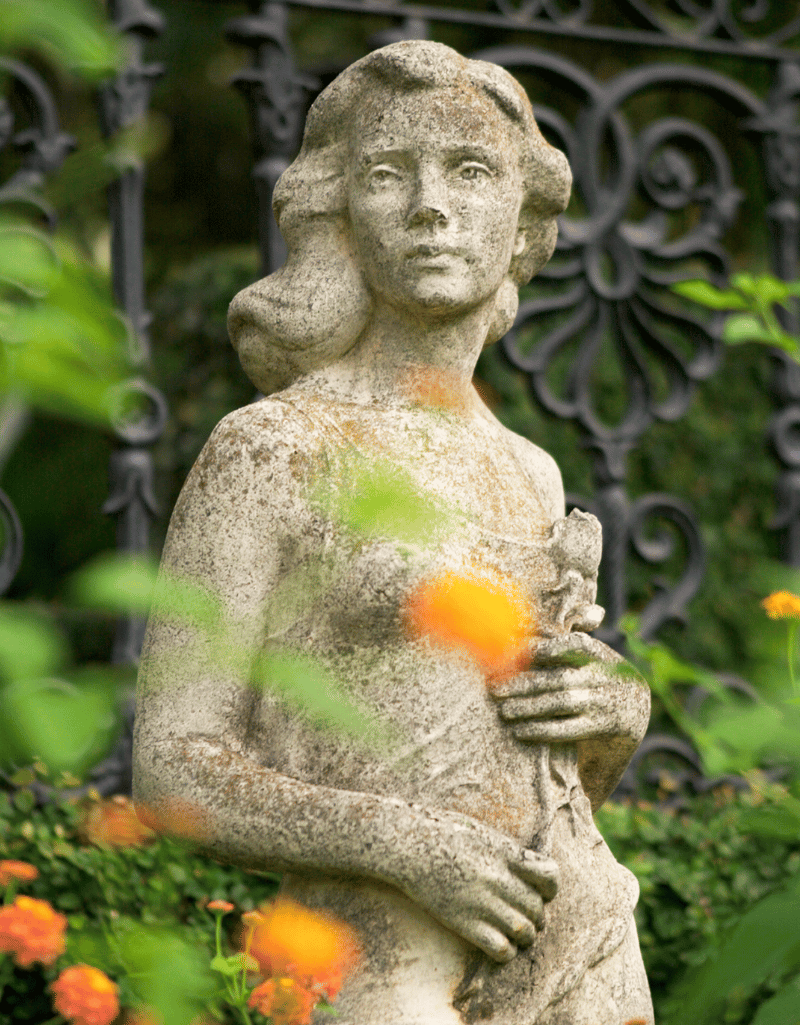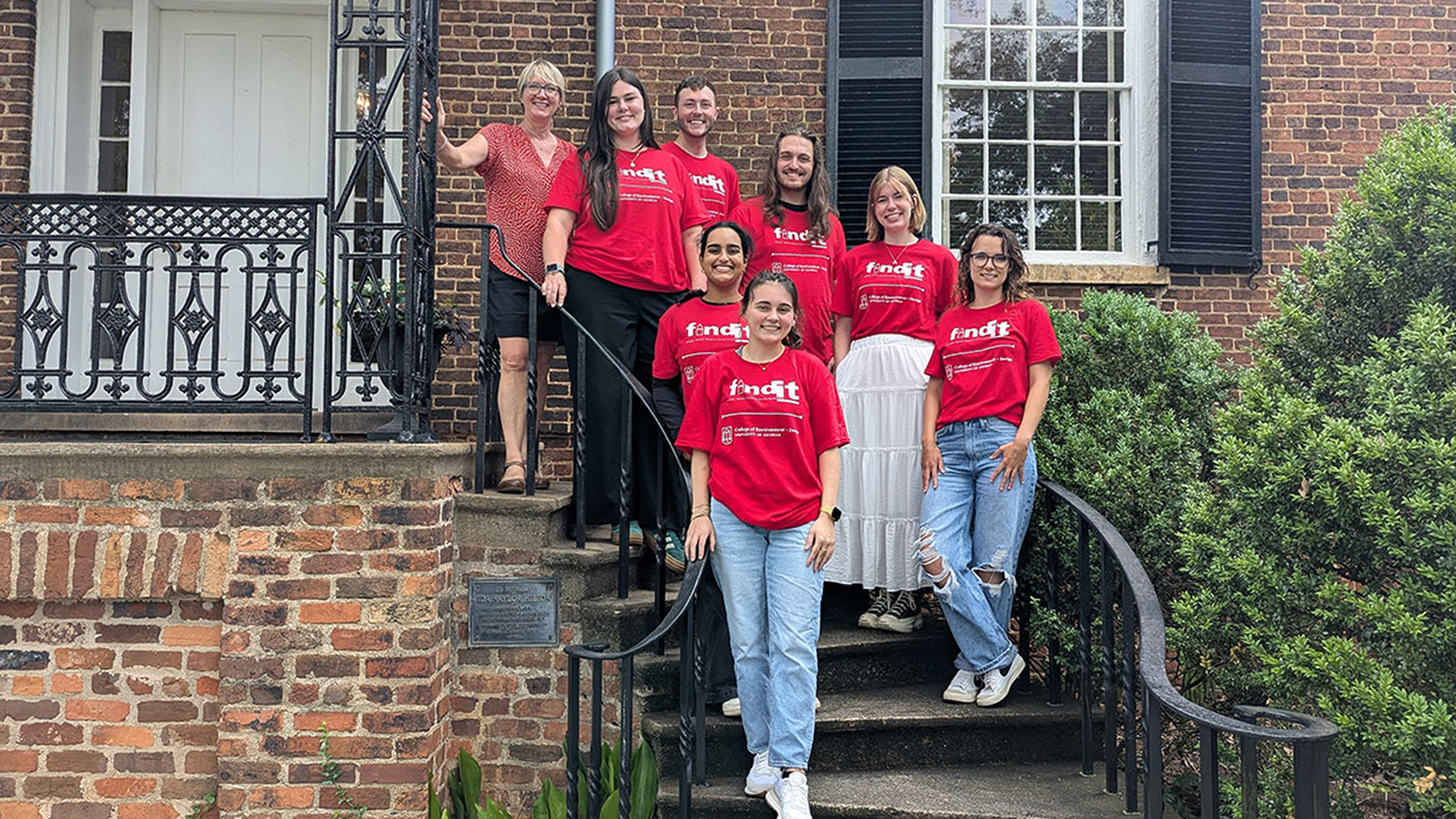Student Works Shines at Fall Critique Week
At the end of each semester, the College of Environment and Design hosts Critique Week, a multi-day event showcasing student work from the semester. This fall, Critique Week was held on Dec. 4 and 5 and featured 28 guest […]
Preserving place: UGA’s FindIt program brings new life to Monticello’s history
UGA’s FindIt program partnered with the Northeast Georgia Regional Commission to survey Monticello’s historic district, documenting 400 properties.
Planting Seeds: MLA Student Educates Future Landscape Architecture Students
MLA student Megan Janssen, BLA ‘24, wants to know how landscape architects find their way to the profession, starting with College of Environment and Design students. One of few to […]
CED PhD Candidates Publish Chapter in International Book Series
PhD Candidates Yulia Shaffer and Žaklina Grgić authored a chapter on the Socialist City with Dean Sonia Hirt in “From the City as a Project to the City Project,” published this fall. For many PhD students, the opportunity to publish a […]








